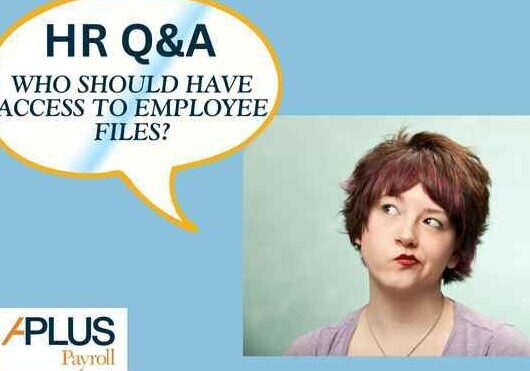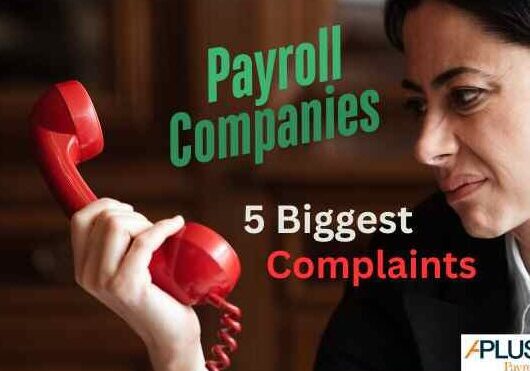Can I Have a Smooth Payroll Transition During a Merger?
by Paul Devlin
Yes, it is possible, but it requires support and communication on all sides to make it happen. Mergers can be an exciting time for businesses, promising growth and new opportunities. However, these transitions also come with challenges, especially when it comes to integrating different payroll systems. For business owners and HR Directors, ensuring a smooth payroll transition is crucial to maintaining employee trust and operational efficiency.
In this blog post, we’ll discuss the steps you should take to manage a payroll transition effectively during a merger or acquisition.
Understanding the Challenges
When companies merge or get bought out, employees often face uncertainty and worry. Payroll, being a critical aspect of employment, requires careful handling to prevent any disruptions that could affect employee morale and trust. Key challenges include:
- Uncertainty about timely and accurate wage payments.
- Worry over potential changes in benefits, deductions, and tax withholding.
Steps to Ensure a Smooth Payroll Transition
1. Early Communication
Communication is key to easing employee concerns. Inform your team about the upcoming payroll transition as early as possible. Be transparent about what changes to expect and provide a timeline for the transition.
Tip: Regular updates can alleviate anxiety. Use emails, meetings, and intranet announcements to keep everyone informed.
2. Collaborate with Payroll Experts
Engage with payroll professionals who have experience in handling transitions. This can include your current payroll provider, a new provider, or internal payroll experts. They can guide you through the complexities involved and ensure compliance with legal requirements.
Tip: Schedule consultations with experts to develop a detailed transition plan.
3. Data Reconciliation
Ensure that all employee data is accurately transferred from the old payroll system to the new one. This includes personal information, salary details, tax information, and benefits enrollments.
Tip: Double-check the data for accuracy and completeness before making the switch.
4. Run Parallel Payrolls
Before fully transitioning to the new payroll system, consider running parallel payrolls for one or two pay cycles. This means processing payrolls on both the old and new systems simultaneously to catch any discrepancies.
Tip: Use these parallel runs to compare results and make necessary adjustments.
5. Update Employee Records
Ensure that all employee records are updated in the new payroll system. This includes direct deposit information, tax withholding forms, and benefit selections. Communicate with employees to verify and update their information if needed.
Tip: Provide a self-service portal where employees can review and update their records.
6. Training and Support
Offer training sessions for HR and payroll staff to familiarize them with the new system. Additionally, provide support resources for employees, such as FAQs, helplines, and email support, to address any questions or issues they may have.
Tip: Create a dedicated support team to handle payroll-related queries during the transition period.
7. Monitor and Evaluate
After the transition, closely monitor the payroll process to ensure everything runs smoothly. Collect feedback from employees and payroll staff to identify any issues and areas for improvement.
Tip: Implement a feedback loop to continuously improve the payroll system and address any concerns promptly.
8. Keep Access to Your Old Payroll Records
Many Companies choose to keep access to their old payroll records for a set period of time (normally for the first year at least). This would be an additional cost.
A well-managed payroll transition can significantly reduce employee anxiety and ensure business continuity during a merger. By communicating effectively, collaborating with experts, reconciling data, and providing adequate support, business owners and HR Directors can successfully navigate this complex process.
This article does not constitute legal advice. If you would like to transition over to APlus Payroll please contact us. We will work tirelessly to make it as smooth a process as possible.



